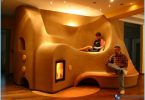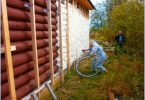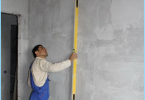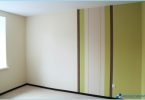The contents

And plaster – mortar, through which we get comfort, safety and beauty.
Read more about plaster ↑
The choice of finishing layer – it is responsible. It is important to choose the right mixture and the optimum thickness of the plaster. Delve into an entertaining theory doing the repair, not to be mistaken.
So, are you going to clad the outside walls, it is inferred that the deal you have with façade plaster. If the choice fell on the inner side of the walls are interior plaster.
Facade plaster ↑
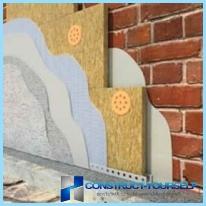
Process external plastering takes place in 3 stages:
- obryzg
- the ground
- finish coat
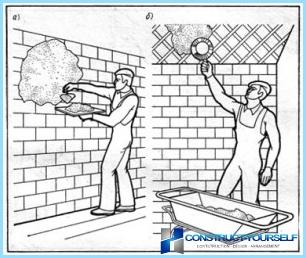
The layer thickness of the scratch coat in accordance with construction norms and rules (SNiP) should not exceed 5 mm.
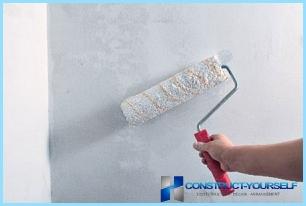
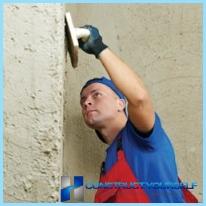
A solution of finish coat applied to the still uncured layer of soil.
One of the types of exterior walls is the so-called «wet» plaster. It is applied over two layers: insulating and reinforcing. The thickness of the layer of plaster on insulation can be 3-4 mm (if it is high-build façade) or 7-9 mm (thick front).
Interior plaster ↑
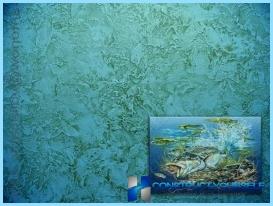
- serves as a basis for further decoration of the wall (whether it’s putting up Wallpaper, painting or tiles);
- stabilizes humidity (absorbs excess moisture from the air when it is abundant and returns when the humidity level drops).
Most often the surface of the premises used gypsum mixture. She gained popularity due to its environmental friendliness and ease of preparation (diluted with water). All the necessary information indicated on the package. For example, the thickness of a layer of gypsum plaster Rotband is 10mm.
If you or the designer want to paint the walls, the plaster should be of high quality. In the case of wallpapering – improved. Putty can be applied on the surface, the last simple finish.
- Standard thickness nameta simple plaster (the scratch coat and primer) – 12 mm,
- superior to 15 mm and
- high quality 20mm.
As stated in SNiP 3.04.01-87 BUILDING REGULATIONS:
«3.16. Improved quality and plaster should be carried out by beacons whose thickness must be equal to the thickness of the plaster coating without nakryvochnogo layer».
Plaster beacons and rule ↑
You want to personally transform the walls of your home or apartment, but behind you there is a huge Luggage of experience of plastering? Then, without beacons do not. Not do because they significantly reduce the flow rate of the solution. And all this without harm, and even, on the contrary, with advantage: the evenness of the walls will be perfect.
The best explanation is a demonstration of this process.
Reinforcement and plaster ↑
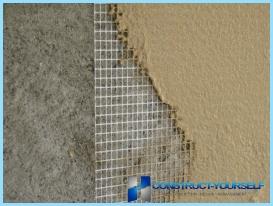
This technique provides a more sturdy connection of the wall with the finishing coating and prevents the formation of cracks.
It is used in plastering inside and outside the house.
Happen:
- plastic;
- metal.
The thickness of the layer of plaster on the grid of the first type should be about 30mm, and the grid of the second type – 50mm more.
Mesh is laid on progruntovali the wall the same as Wallpaper, just unwound the coil from the horizontal position.

